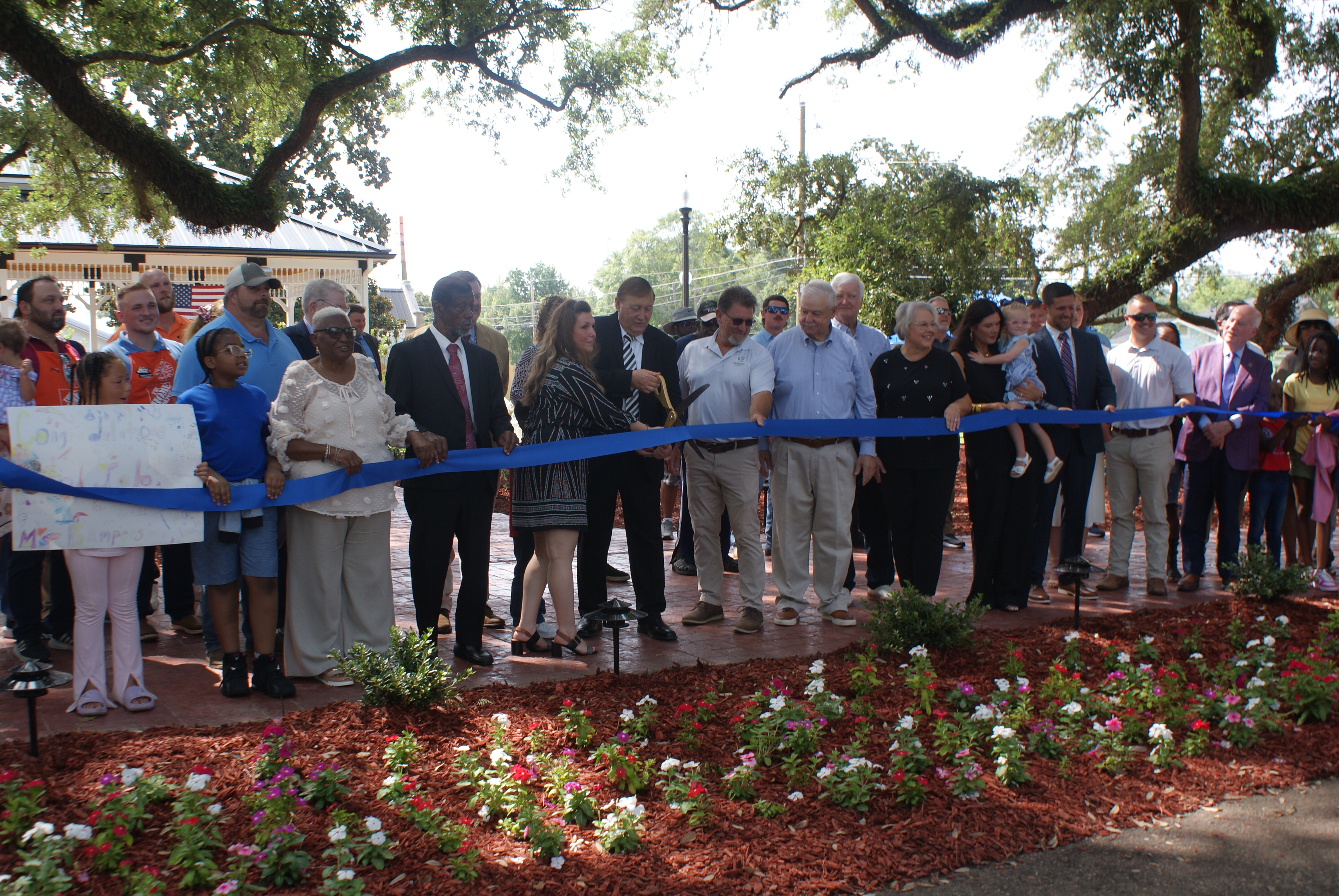Commission says no to development
Published 6:53 pm Wednesday, May 14, 2008
The addition of two more retention ponds was not enough to get the preliminary plat approved to build homes in a flood plain.
Two other large developments, an assisted living and nursing home and a residential development slated to contain more than 80 homes, also met with resistance from neighbors.
A preliminary plat for Dailey Estates, planned for construction at the end of Central Avenue was recommended for denial by Picayune’s Planning Commission. The amended plat presented to the commission Tuesday evening contained three retention ponds, two more than the original plat presented at the commission’s last meeting.
At Picayune’s last city council meeting the plan presented had been changed from what the commission saw. The council decided to send it back to the commission to review those changes.
Community resistance focused around flooding, which is already a problem in the area.
“I don’t want to get flooded out. That’s where I want to retire,” said Central Avenue resident Keith Frierson.
Narrow road conditions was another problem residents voiced concerns over. Dailey Estates engineer Sean Burns said there is a plan for the developer to widen the road, from its current estimated 13 feet to about 18 feet. Dailey Estates legal representation Lawrence Hahn said the developer was prepared to widen the road to that specification, but any further work would require assistance from the city.
Drainage concerns would be addressed with retention ponds, said to retain about 75 percent of the storm run off presently seen in the area and released slowly, Burns said. The other 25 percent would be released quickly.
Commission member Martha Sheppard wanted to know how they were going to build in a known flood plain.
City attorney Nathan Farmer said the development would have to build according to requirements set forth by MEMA, FEMA and the city due to the development being in a flood zone, which contains a known tributary. After June 1, more than half of the homes planned for construction in Dailey Estates will be in the flood zone.
Sheppard said she would have to take that fact into consideration. As Hahn continued his pitch to try to sell the commission on construction of the development stating that flood ordinances allow a developer to address flood concerns, one resident spoke up.
“Why are y’all so insistent on building in a flood plain? There is plenty of other land in Picayune,” Marietta Frierson said.
The commission unanimously voted to deny the request.
Community members also resisted a nursing home and assisted living facility, named Warren Hall. Five buildings would be constructed on a site on Cooper Road, just north of Rhett Drive. Outpatient care would be available to the public, said Warren Hall representative Steve Worrel.
Most residents were concerned about increased traffic, safety of their families since the rear exit empties into the Woods Subdivision and added noise with the presence of ambulances.
“We bought there for one reason — safety of our children,” said Woods resident Casey Baker.
Worrel said the facility would have a fence for security. Traffic coming from and going to the facility would be limited and drainage of the area would be addressed with engineering.
Residents seemed most concerned with the narrowness of Cooper Road. Although one resident, Jim Bouie, did say that he thought the development was a good idea, the issues needed addressing.
The commission approved the conditional use request to allow outpatient care at the facility contingent upon developers providing a 40-foot buffer around the development.
A request to begin on phase two of Bluff’s Plantation off of River Road was withdrawn after neighbors expressed major resistance. Dungan Engineering engineer Brooks Wallace, who represents the developer, said the preliminary plat for phase one was approved just before Hurricane Katrina. As a result of the storm, construction of the first set of the proposed 84 homes was delayed. Now that construction has resumed the developers would like to go ahead and construct phase one and two at the same time.
The original plat approved nearly three years ago will allow them to construct the majority of those homes.
River Road resident Michael Christovich opposed the development based on the narrowness of River Road and the dramatic increase in traffic that more than 80 homes would bring. He proposed a second entrance to the development off Beech Street. That second entrance would alleviate concerns of increased traffic, he said.
Wallace said if the second phase is approved then the developer has indicated he would pay to widen River Road to 20 feet. He did show any interest in a second entrance and exit onto Beech Street.
Sheppard suggested the homeowners and the developer needed to work out the issues at hand.
After more community resistance from Christovich and other River Road residents, Wallace withdrew his request. When asked if the community would have an opportunity to meet with the developer, Wallace said he would do whatever his developer asked him to do.
The commission also;
— Approved a zone change for two separate parcels of land adjacent to the Superfund site from heavy industrial to open space.
— Moved a request from John Pearson for the preliminary plat of 15 duplexes and a single family residence east of Ridge Road to the next commission meeting.
— Approved a request from Lamar Thompson to subdivide one parcel of land at 420 Third St. into two parcels.
— Approved two separate requests from commission member Dennis Collier, after he recused himself from the meeting. The first was to subdivide one lot at 420 Mitchell St., into two lots. The second request was for a 10-foot variance for property located at 209 N. Steele St.
The next meeting is at 6 p.m. June 10, at the city council chambers.





